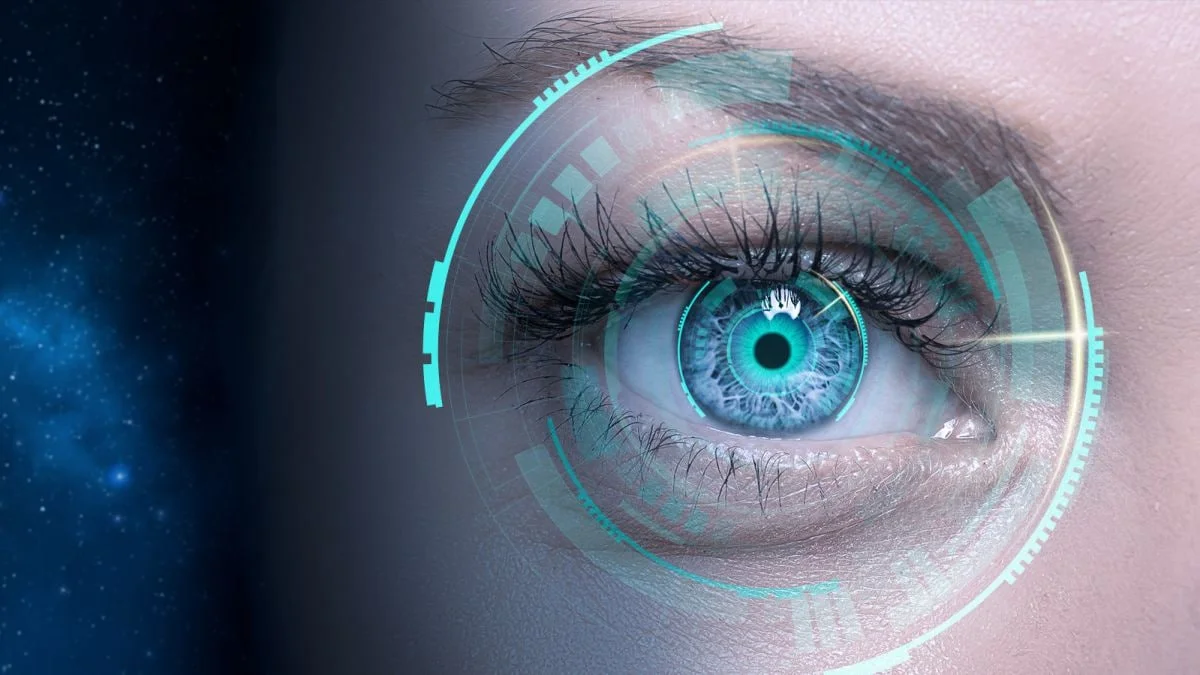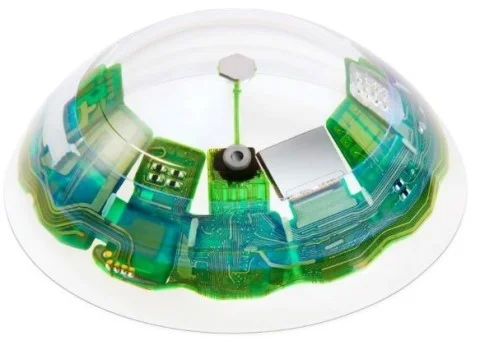First contact lens with AR display shown in action

The American company Mojo Vision has demonstrated the first prototype of a smart contact lens. The AR Mono Lens device is capable of displaying an image directly into the wearer's eye and thereby implement the functionality of smart glasses at a significantly smaller size.
According to the press release presented, the lenses have monochrome microLED screens with a diameter of less than 0.5 mm with a density of 14,000 pixels per inch and a pixel size of 1.8 microns. In addition, a reduced delay parameter is promised when synchronizing with third-party devices. As can be judged from the presentation materials, the owner of the lens will see an image similar to a "lantern beam" that illuminates a fragment of the virtual screen in the direction of view.
Reviewers of the CNET portal, who studied the new device, say that the lens can reproduce various information interfaces and perform the functions of a navigator, which is similar to the work of a projector that broadcasts information on the windshield of a car.

It will take time to bring the development to the level of a commercial version. Particular attention should be paid to the development of the power supply system, which depends on external chargers, which is associated with risks for the lens wearer. When the device will be available for sale and what will be its cost is unknown.
According to the press release presented, the lenses have monochrome microLED screens with a diameter of less than 0.5 mm with a density of 14,000 pixels per inch and a pixel size of 1.8 microns. In addition, a reduced delay parameter is promised when synchronizing with third-party devices. As can be judged from the presentation materials, the owner of the lens will see an image similar to a "lantern beam" that illuminates a fragment of the virtual screen in the direction of view.
Reviewers of the CNET portal, who studied the new device, say that the lens can reproduce various information interfaces and perform the functions of a navigator, which is similar to the work of a projector that broadcasts information on the windshield of a car.

It will take time to bring the development to the level of a commercial version. Particular attention should be paid to the development of the power supply system, which depends on external chargers, which is associated with risks for the lens wearer. When the device will be available for sale and what will be its cost is unknown.





There are no comments yet :(